Changing the clocks twice a year can be a hassle, so some people in the United States want to permanently keep Daylight Saving Time. However, that also means some areas in the country end up with late sunrise, which means going to work or school in the dark. For The Washington Post, Justin Grieser, Joe Fox, and Tim Meko mapped how sunrise times would change.
-
Members Only
-
For FiveThirtyEight, Anna Wiederkehr and Amelia Thomson-DeVeaux, with illustrations by Nicole Rifkin, delve into the varying restrictions in each state. Laws based on fetus viability, distance to clinics, waiting periods, and cost must all be factored in with women’s decisions.
-
How to Make Cartograms in R
While the reshaped geography doesn’t work all the time, the use of size to show data can be more intuitive in some cases.
-
Population.io by World Data Lab asks your birthday, country of residence, and gender. It spits out tidbits comparing your age to the rest of the world population, such as how old you are compared to others and how many people you might share a birthday with. Fun.
It also provides a few back-of-the-napkin calculations for life expectancy based on averages, with maybe a bit too much certainty for your expected date of death. For more uncertainty but more accuracy for what is known, see also this look at mortality.
-
NameGrapher is an interactive chart that lets you explore historical trends for baby names in the United States. Search for a name, and the chart updates as you enter more letters.
The chart is from Martin and Laura Wattenberg, and if it looks familiar to you, it’s because it’s an updated version of the now defunct NameVoyager they made in 2005. The new version, which also uses a stacked area chart to show name totals for boys and girls over time, also provides a few more search options and lets you compare multiple time series at once.
I’m glad it’s back. The NameVoyager was one of the first visualizations I ever saw, and it felt like something special was lost when the site shut down.
-
There was a time not that long ago when a hundred covid deaths seemed like a lot, but now the United States is getting closer to one million deaths with over a thousand deaths per day. The country is unmasking and re-opening. For The Atlantic, Ed Yong discusses the shifting baseline and our perception of these big numbers:
The United States reported more deaths from COVID-19 last Friday than deaths from Hurricane Katrina, more on any two recent weekdays than deaths during the 9/11 terrorist attacks, more last month than deaths from flu in a bad season, and more in two years than deaths from HIV during the four decades of the AIDS epidemic. At least 953,000 Americans have died from COVID, and the true toll is likely even higher because many deaths went uncounted. COVID is now the third leading cause of death in the U.S., after only heart disease and cancer, which are both catchall terms for many distinct diseases. The sheer scale of the tragedy strains the moral imagination. On May 24, 2020, as the United States passed 100,000 recorded deaths, The New York Times filled its front page with the names of the dead, describing their loss as “incalculable.” Now the nation hurtles toward a milestone of 1 million. What is 10 times incalculable?
-
To broadly show how people have lived in the U.S. during these past two years, The Washington Post shows percentages for various questions, such as “Have you had long covid?” and “Did you work from home?” But instead of using something like pie charts, they used people icons in illustrated unit charts.
In the above, each person represents a percentage point. There’s also a multiple-choice element to the piece, which helps readers relate personally, but I think it’s mostly there as a way to reveal the full answer breakdowns.
Projects like this one always remind me of World of 100.
-
I don’t know if you’ve heard of it, but there’s this game called Wordle. You get a certain number of guesses to figure out a five-letter word each day. Apparently a lot of people play it, so much so that Robert Lesser collected 15 million Wordle-related tweets since January. Then he analyzed the popularity and difficulty levels of all the daily words.
The above chart shows the daily words sorted by difficulty level. “Swill” gave people the most trouble, but contrary to common belief, the words do not appear to be getting more difficult.
Anyway, check out this Wordle game. It’s not the word cloud thing anymore (tear).
-
Members Only
-
Inflation is high. For NYT’s The Upshot, Emily Badger, Aatish Bhatia and Quoctrung Bui busted out the word cloud to show the price increases people noticed in February. As you might expect, the things that people purchase more often appear higher on the list, because the changes are easier to track.
-
In an effort to make gender inequalities more obvious, World Bank updated their Gender Data Portal:
The World Bank Group has redesigned its Gender Data Portal with these audiences in mind by offering over 900 gender indicators in different formats, ranging from raw data to appealing visualizations and stories. Making sex-disaggregated data easier to analyze, interpret and visualize will bring into focus gender issues that are frequently invisible, including on topics such as digital development, transport, and water. It will highlight existing gender gaps as well as gaps in the availability of gender data.
-
When talking to someone new, the conversation often leads to your family when you were growing up. Do you have siblings? Older than you? Younger? I thought I’d try answering the questions for everyone in the United States. The chart below shows the distribution of kids younger than 18 by birth order and number of kids in the household.
-
When you look inside the cities around the world, you will often find familiarity to where you live. For The Washington Post, Bonnie Berkowitz, Dylan Moriarty and Hannah Dormido look for the familiarity in the attacked cities in Ukraine. With side-by-side comparisons to U.S. cities, Ukraine feels less distant.
See also Scale-a-Tron, which lets you compare the scale of anywhere in the world against anywhere else in the world.
-
For Our World in Data, Max Roser discusses the risk and possible destruction of nuclear war, along with suggestions on how to reduce that risk:
An escalating conflict between nuclear powers – but also an accident, a hacker, a terrorist, or an irresponsible leader – could lead to the detonation of nuclear weapons.
Those risks only go to zero if all nuclear weapons are removed from the world. I believe this is what humanity should work towards, but it is exceedingly hard to achieve, at least in the short term. It is therefore important to see that there are additional ways that can reduce the chance of the world suffering the horrors of nuclear war.
-
The prices of everything seem to be rising a lot lately. Why? For Vox, Emily Stewart uses eggs as a case study to explain:
“There are different ways of thinking about the inflation issue, and economists by default tend to think about macroeconomic issues such as inflation in macroeconomic terms,” said Isabella Weber, an economist at UMass Amherst. “In this current situation that we are facing, we basically have very strong micro dynamics, that is dynamics on the level of specific sectors that translate into a more general kind of price pressure.”
Eggs don’t paint the full inflation picture in the US, but they do a part of it — it’s more expensive to feed chickens and move eggs around, so it’s more expensive to produce and move eggs, so it’s more expensive for consumers to buy eggs.
-
As you would imagine, Ukrainian airspace looks empty right now. Reuters mapped flights before the Russian invasion, the day of, and after the European Union airspace ban. The above shows private, commercial, and cargo flights. In separate maps, Reuters also reported unidentified flights, along with detours, cancelations, and the general disruption of international airspace.
-
Home prices in the U.S. increased dramatically over the past couple of years. The percentage of home purchases by investors rather than future home owners also increased. For The Washington Post, Kevin Schaul and Jonathan O’Connell examined how much these percentages increased in major metro areas. In some places, over a third of home purchases went to investors.
-
For The Markup, continuing their reports on data privacy, Alfred Ng and Jon Keegan discuss the non-regulation of the location data industry:
Without government regulation, the current approach from Apple and Google is to play catch-up with data brokers for each new way that location data can be shared, experts said.
For example, while app developers could potentially lie to Apple and Google without any way to audit the companies, they face a bigger risk if they violate laws like the European Union’s General Data Protection Regulation.
The law, which requires companies to disclose all third parties who could receive a person’s data, could be a stronger check on direct server transfers than app store scrutiny.
-
Members Only


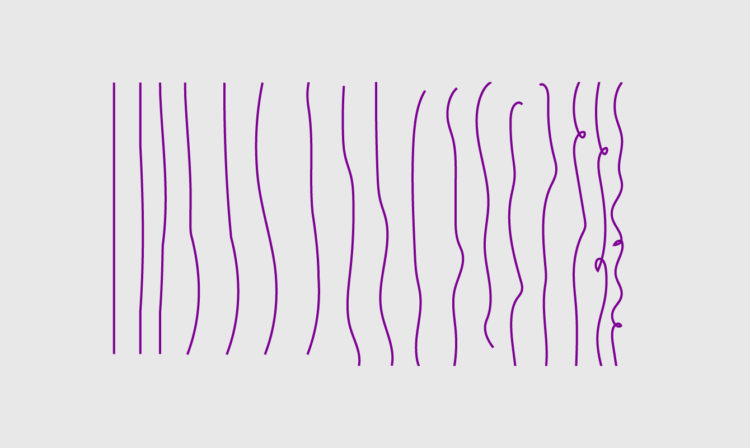
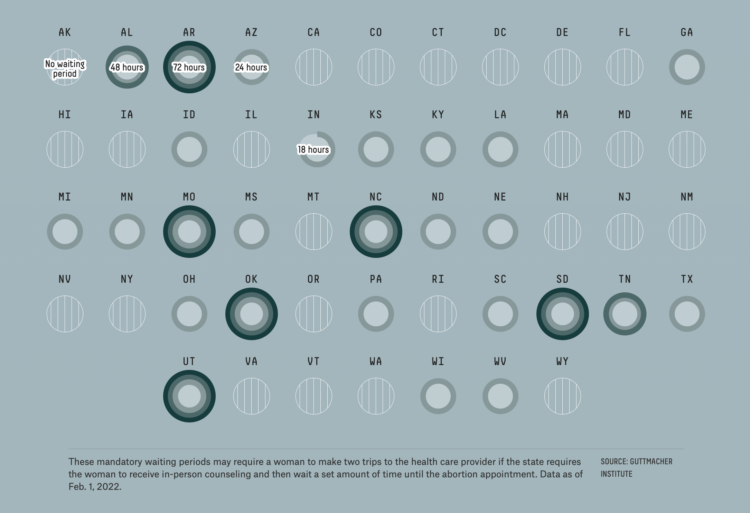
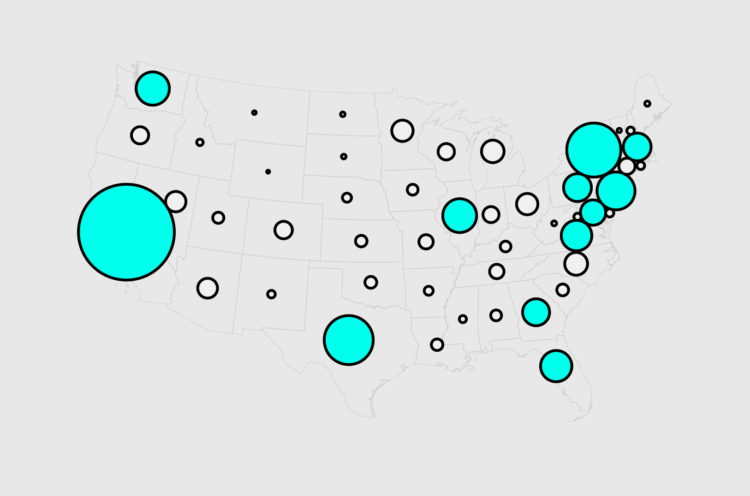
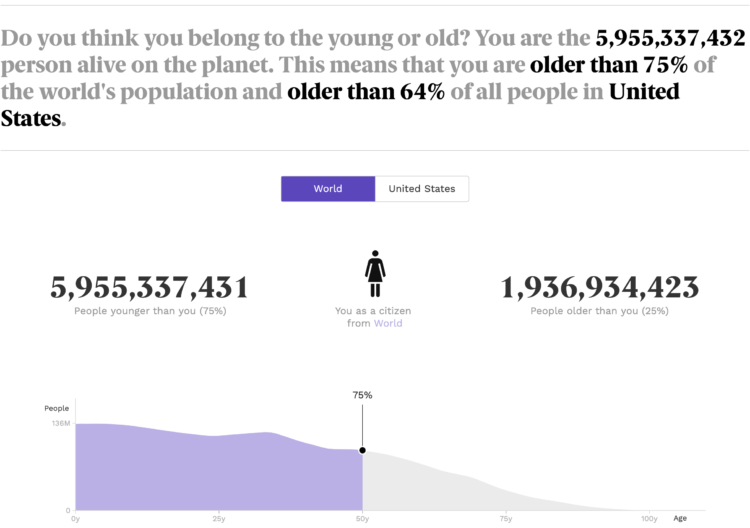
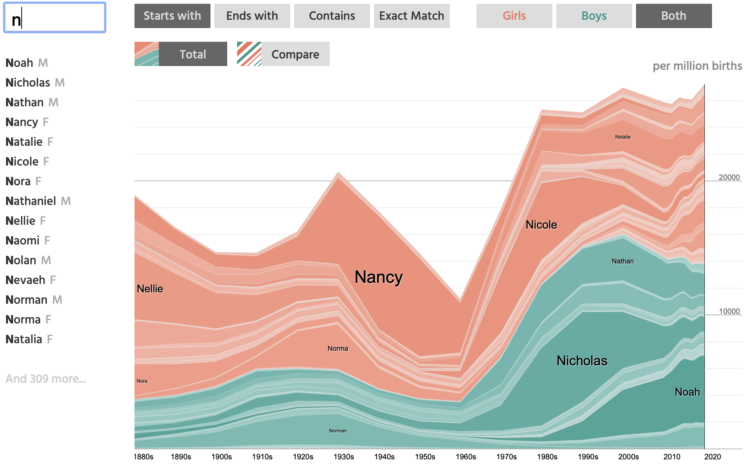
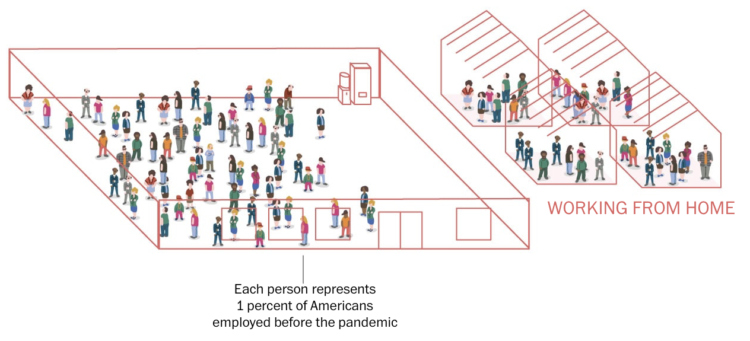
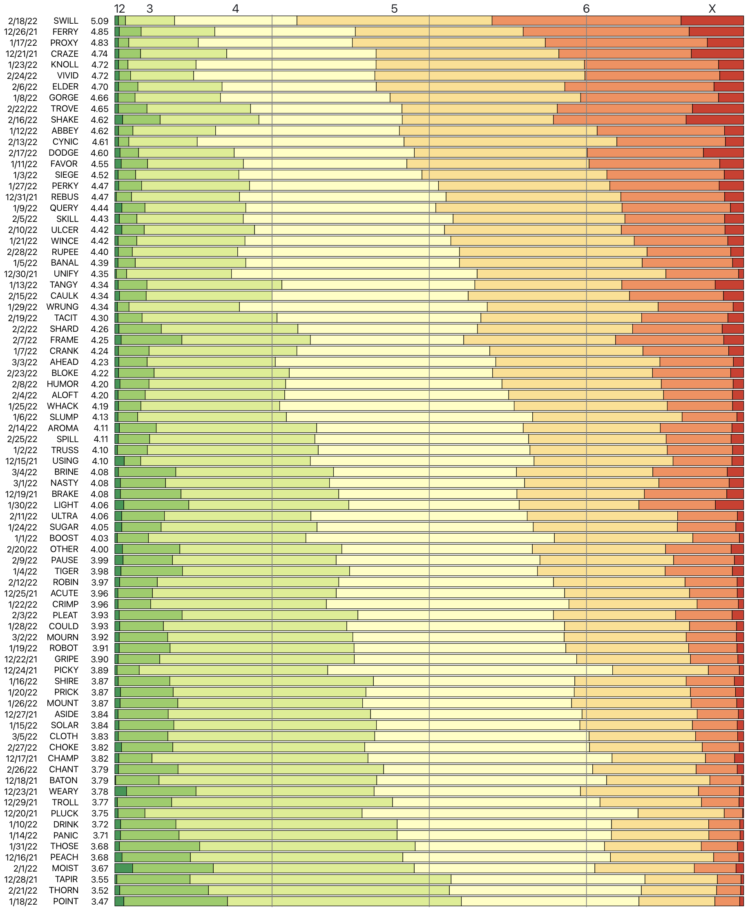
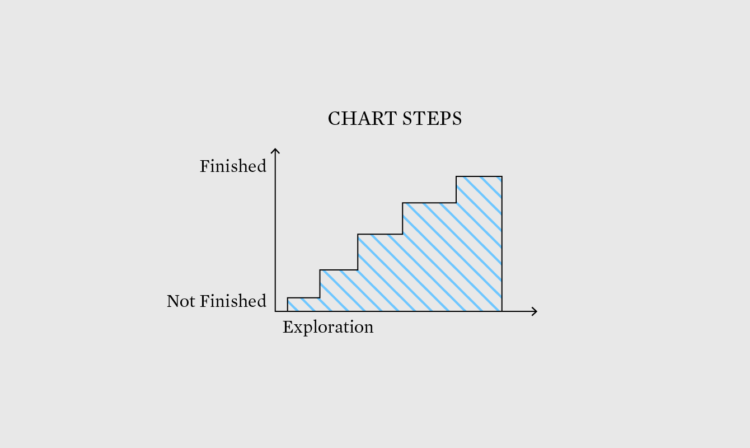
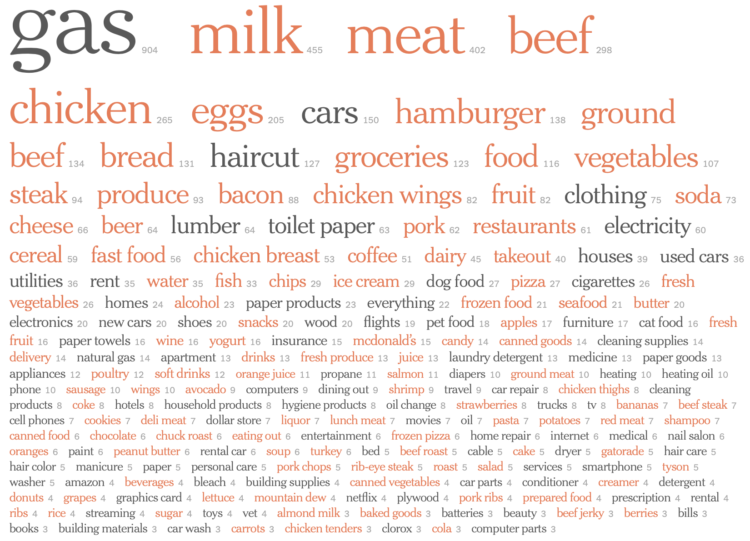
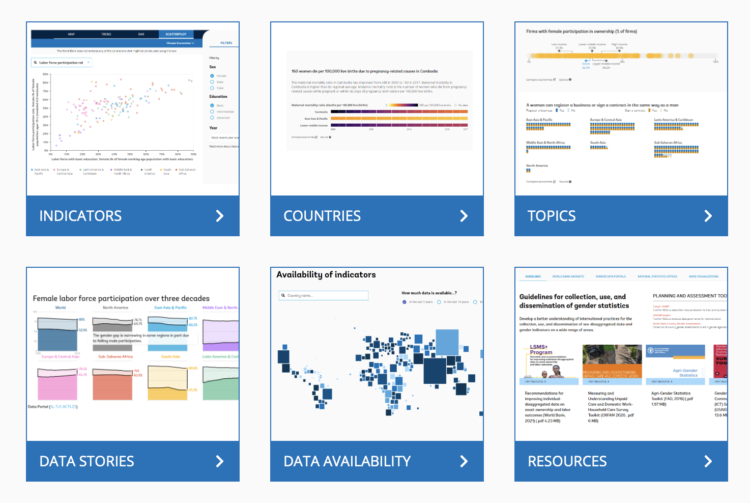
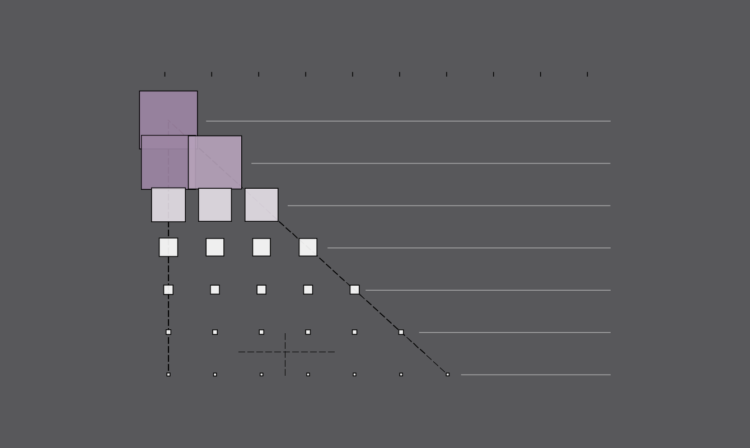

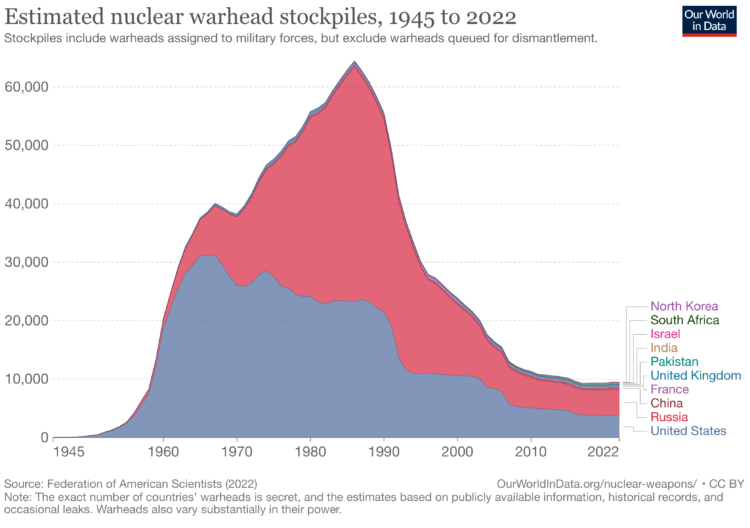
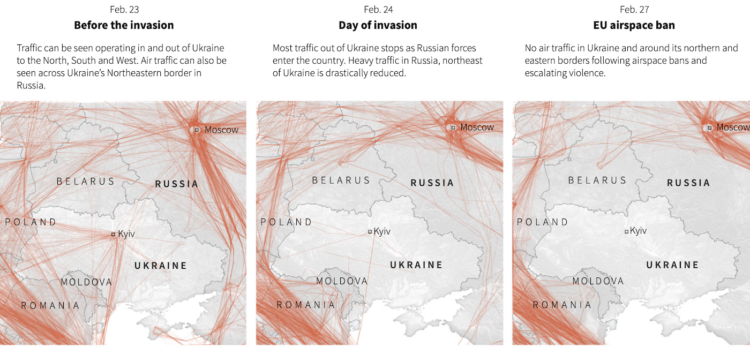
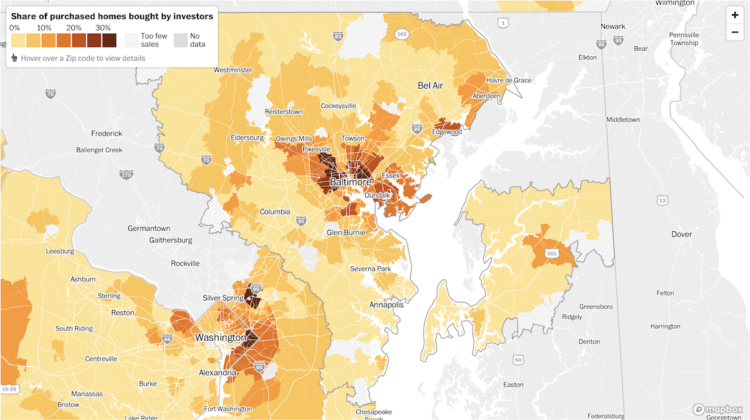
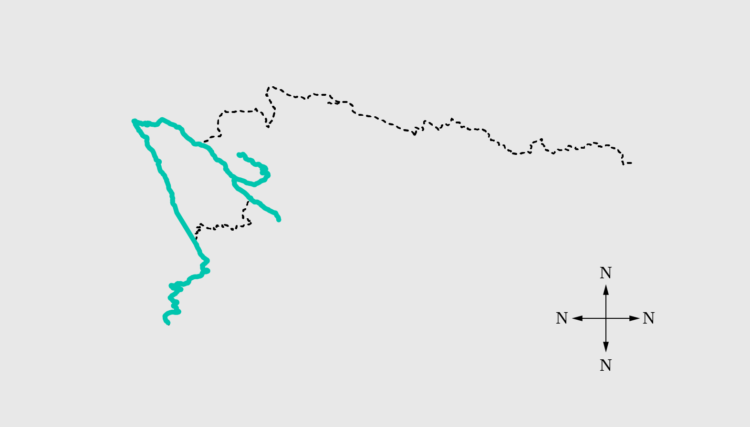
 Visualize This: The FlowingData Guide to Design, Visualization, and Statistics (2nd Edition)
Visualize This: The FlowingData Guide to Design, Visualization, and Statistics (2nd Edition)










